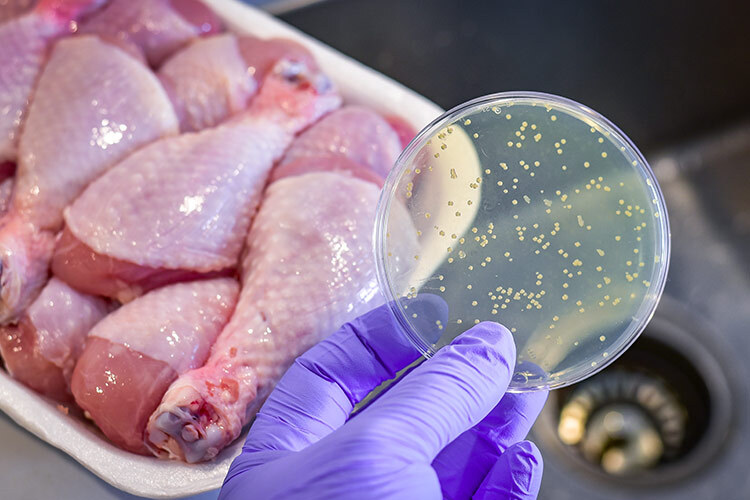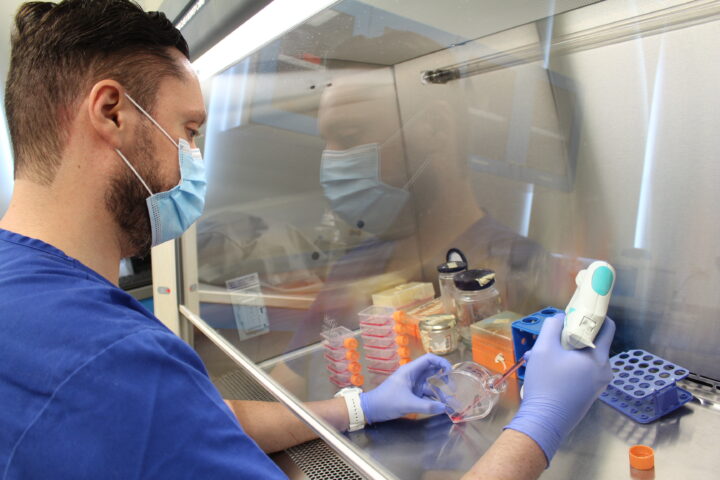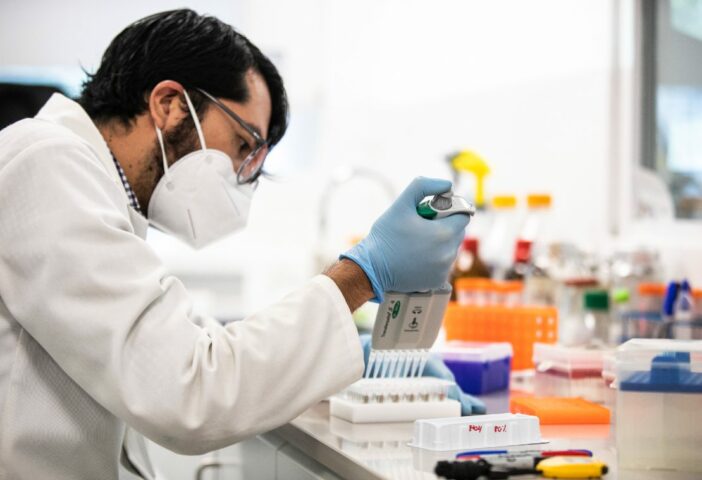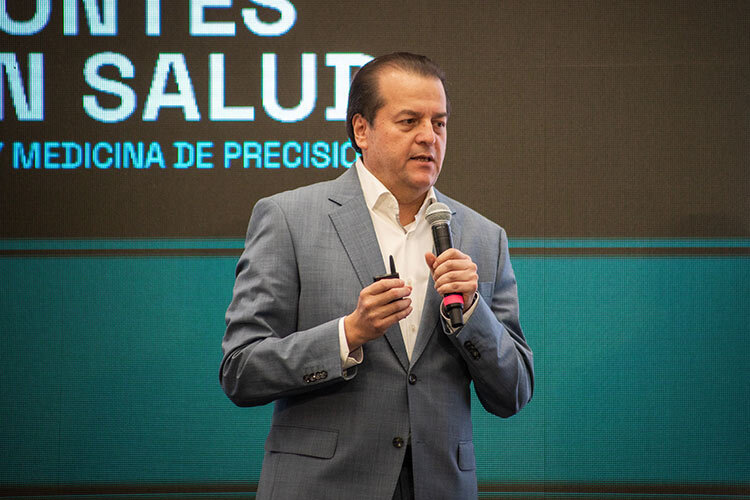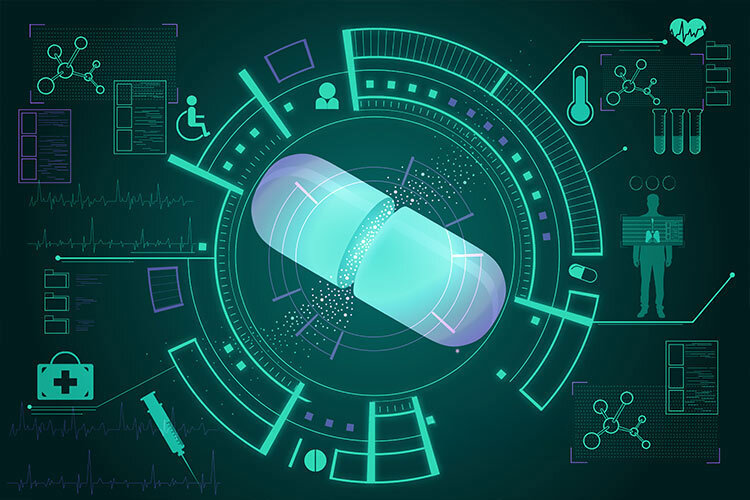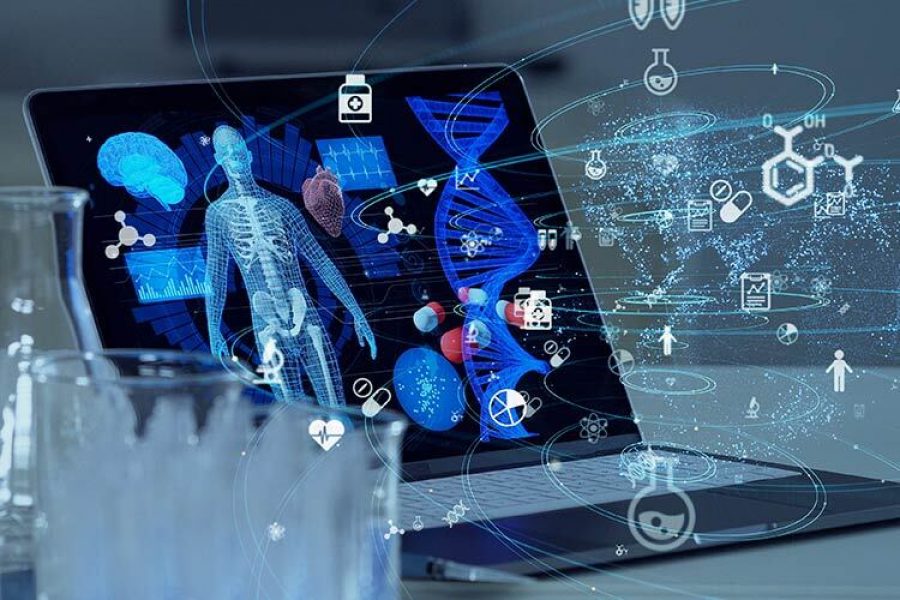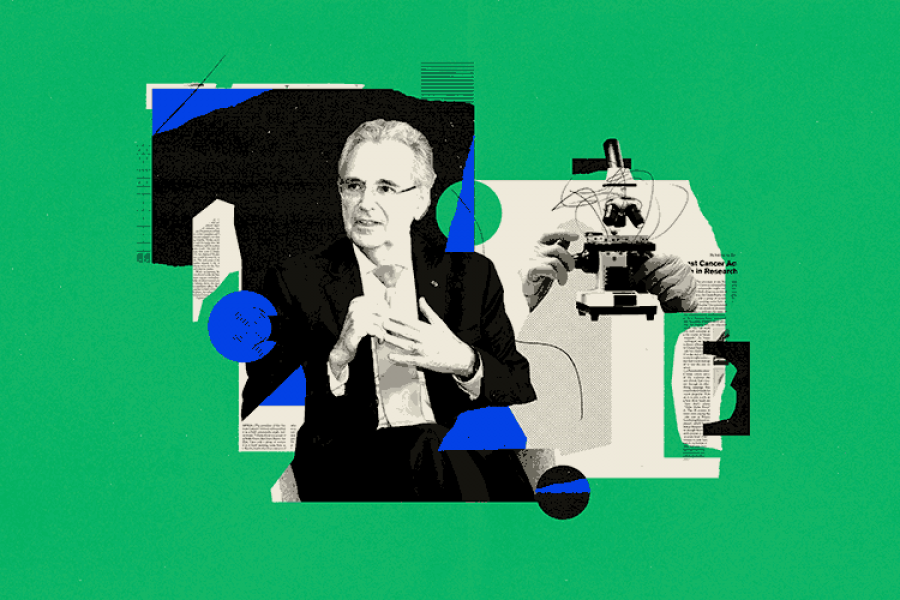In July 2014, The Guardian published Food poisoning scandal: how chicken spreads campylobacter, an investigation about bad practices in slaughterhouses, that put the UK government in check, forcing it to improve health measures and launch a campaign with a question: should you wash chicken before cooking it? (Maybe you’re doing wrong).
The report in The Guardian said campylobacter caused 280,000 British to suffer stomach infections every year with vomiting and diarrhea, which in 80% of cases were linked to chicken.
In addition, the newspaper mentioned that 65% of the chicken sold in the United Kingdom was contaminated with campylobacter, according to data taken from the Food Standards Agency (FSA).
We returned to this investigation because during the month of March, in Mexico, specifically in the state of Tlaxcala, there have been 3 deaths due to Guillain-Barré syndrome, which according to local authorities would be linked to chicken contaminated with campylobacter.
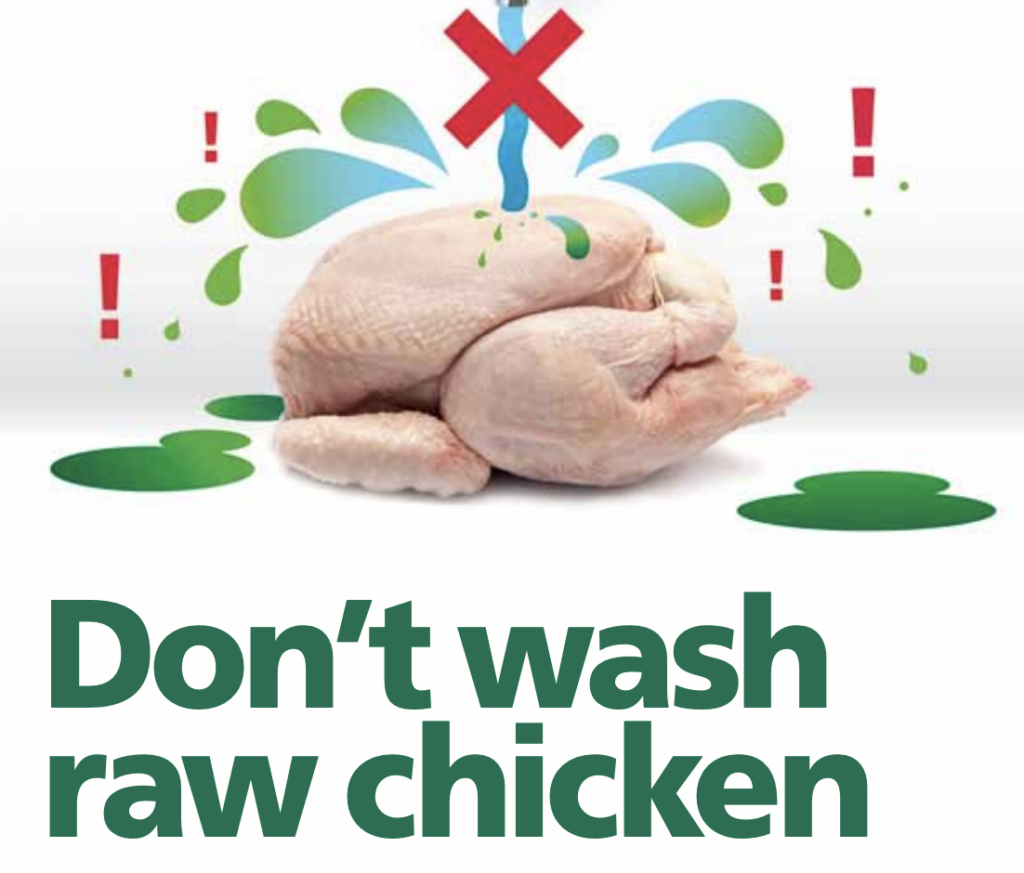
Why Don’t Wash Raw Chicken?
Food safety authorities around the world recommend that we don’t wash raw chicken before cooking because this doesn’t remove bacteria and far from cleaning it, we can splash dangerous germs around the kitchen.
In relation to the cases of Guillain-Barré syndrome in Mexico, Dr. Alejandro Macías, an infectious disease expert, shared a video in which he points out that it isn’t dangerous to eat chicken as long as the hygiene measures indicated are followed.
“It’s not that campylobacter comes within the muscles of the chicken”, said Macías: “It’s found in its intestine, but when it’s processed for transportation and sale, this contamination spreads“.
The expert also explains that many studies show a prevalence of more than 50 and up to 70% of campylobacter in the chicken that is sold. So, we must know that if we eat it we have take hygiene measures to avoid cross contamination.
Also, although campylobacter is the bacteria most linked with chicken, the paper Prevalence of Pathogens in Poultry Meat: A Meta-Analysis of European Published Surveys, published in 2018, reminds us that it can also have Salmonella, Listeria monocytogenes and Staphylococcus aureus.
Before promising that you will never eat chicken again, you have to know that these types of pathogens die at high temperatures, so by cooking it you lose the risk of getting sick (as long as you follow the correct hygiene measures).
How Should You Prepare Food To Avoid Cross Contamination?
The risk of cross contamination “is significantly decreased if foods that are eaten raw, such as lettuce and other vegetables, are washed and prepared first,” recommends the United States Department of Agriculture (USDA).
USDA mentions a study in which: “Of the participants who washed their raw poultry, 60% had bacteria in their sink after washing or rinsing the poultry. Even more concerning is that 14% still had bacteria in their sinks after they attempted to clean the sink”.
Therefore, the recommendation is that the chicken isn’t washed because we aren’t removing bacteria and in fact, we could contaminate our kitchen and other foods. The only thing that kills these pathogens are the high temperatures, so make sure the chicken is cooked well.
Finally, it’s important that after cutting or handling any type of meat, including chicken, you wash your hands thoroughly and immediately disinfect your kitchen surfaces and utensils such as cutting boards and knives.
